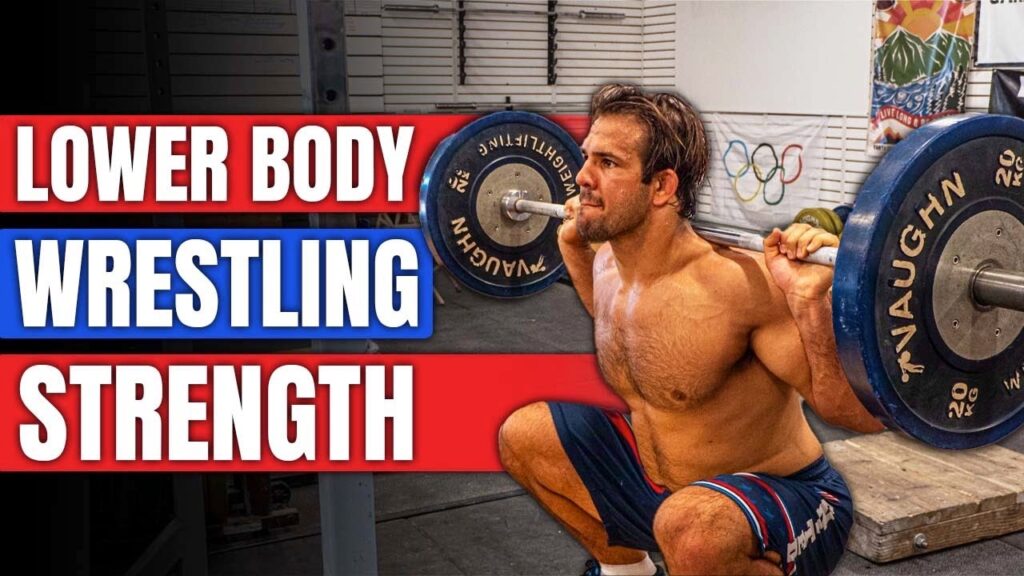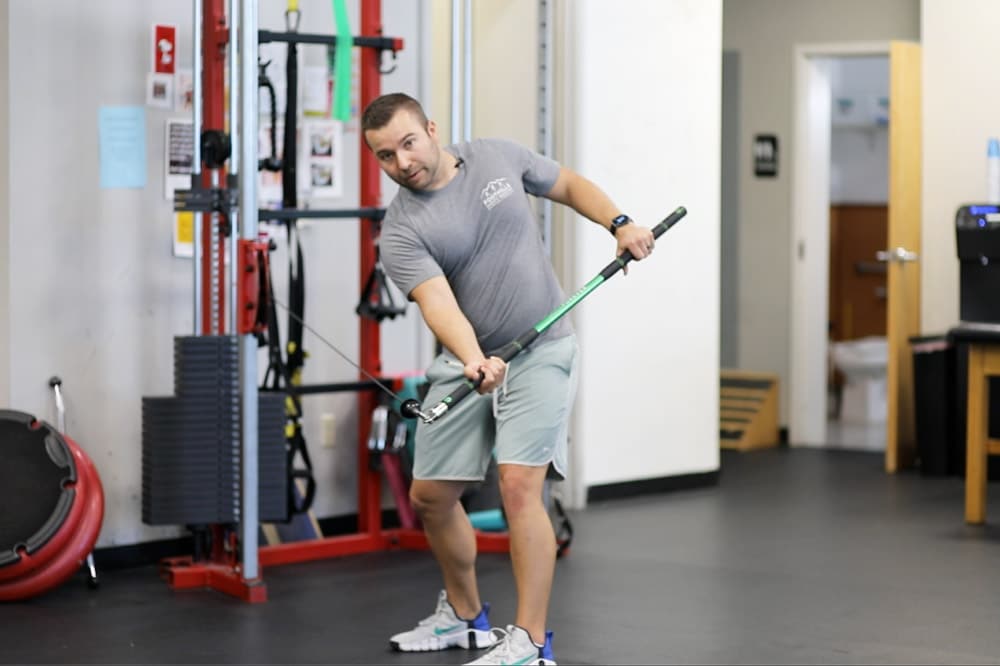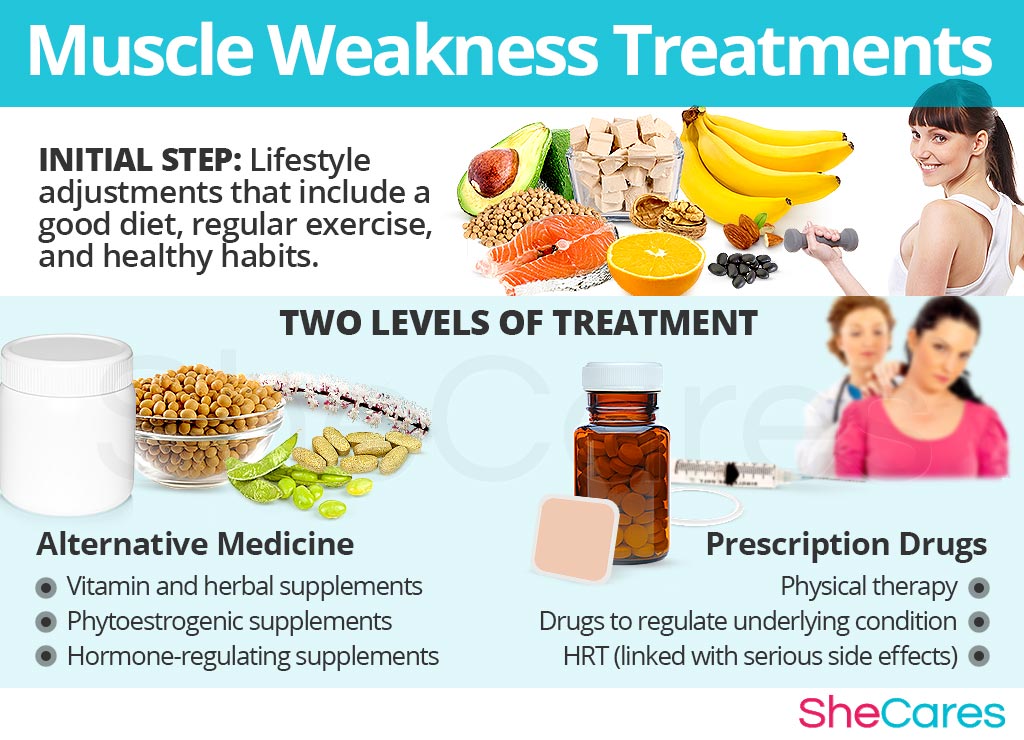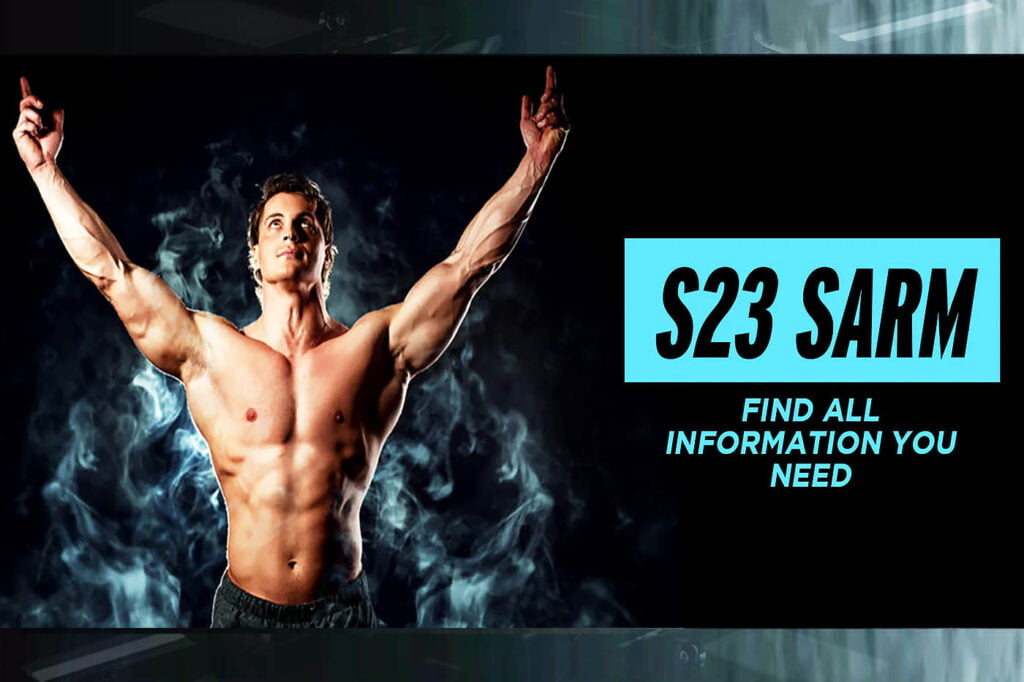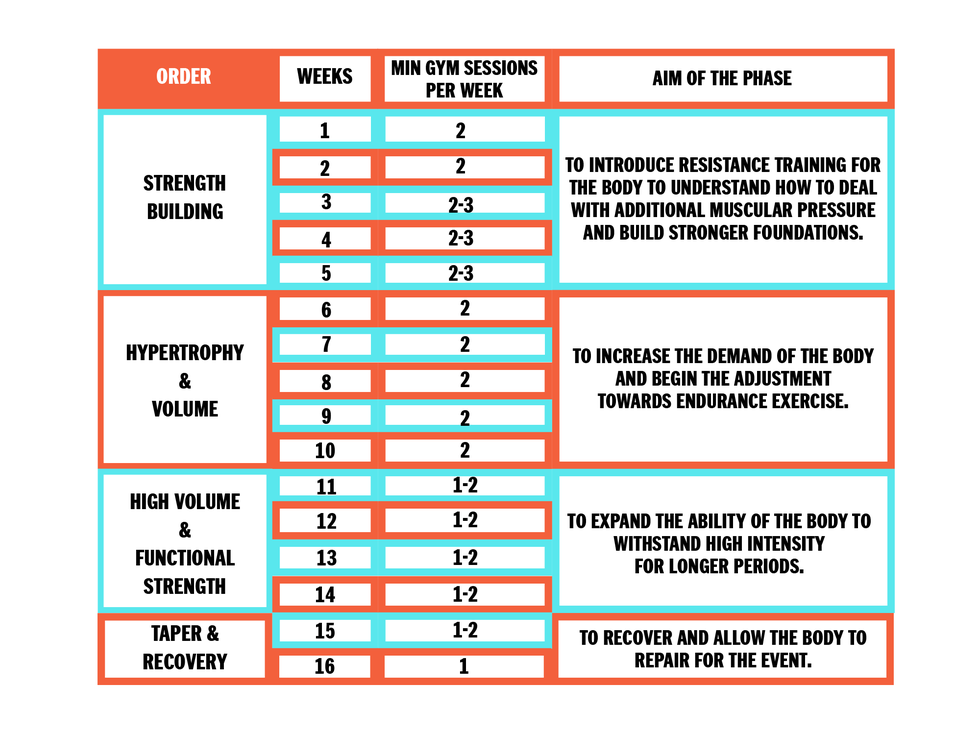Anatomy and strength training are closely linked. Understanding muscle structure helps optimize workout routines and prevent injuries.
Anatomy plays a crucial role in effective strength training. By understanding how muscles, tendons, and ligaments work, you can tailor your workouts to target specific muscle groups more efficiently. This knowledge helps in maximizing gains and minimizing the risk of injury.
Knowing the human body’s mechanics also aids in selecting the right exercises and proper form, ensuring balanced muscle development. For anyone serious about strength training, a solid grasp of anatomy is essential. It empowers you to make informed decisions about your fitness journey, leading to more effective and safer workouts.
Introduction To Muscle Gain
Anatomy helps us understand our muscles. Knowing muscle groups helps in effective workouts. Each muscle has a specific function. Proper form reduces the risk of injuries. Muscles work together in complex movements. Understanding these movements is key. This knowledge helps in targeted training. It also aids in balanced muscle growth.
Building muscle boosts strength. It improves metabolism and burns more calories. Strong muscles support joints. They reduce the risk of injuries. Muscles improve posture. They enhance overall body stability. Increased muscle mass can also boost confidence. It contributes to a healthier body image.

Credit: us.humankinetics.com
Muscle Structure And Function
There are three types of muscle tissue. Skeletal muscle helps in movement and is voluntary. Cardiac muscle is found in the heart and pumps blood. Smooth muscle is in organs and helps move food and waste.
Muscles grow through a process called hypertrophy. Exercise causes small tears in muscle fibers. The body repairs these tears, making muscles stronger. Eating protein helps muscles grow faster. Rest is also important for muscle growth.
Essential Nutrients For Muscle Development
Protein helps build and repair muscle tissues. It is crucial after workouts. Good sources include chicken, fish, eggs, and beans. Eating protein every day helps muscles grow stronger. Combine protein with carbs for better absorption. Your body needs protein to recover and build new muscle fibers.
Vitamins and minerals aid in muscle recovery. Vitamin C helps heal wounds and boosts the immune system. Iron carries oxygen to muscles, aiding in endurance. Calcium strengthens bones and supports muscle function. Magnesium helps with muscle relaxation and reduces cramps. Balanced intake of these nutrients speeds up recovery.
Training Principles For Hypertrophy
Progressive overload is key for muscle growth. Increase weights or repetitions gradually. This forces muscles to adapt and grow stronger. Aim for small, steady progress each week. Consistency is important for long-term gains.
Rest and recovery are crucial for muscle repair. Muscles need time to grow after workouts. Aim for 7-9 hours of sleep each night. Rest days prevent overtraining and injury. Proper nutrition aids recovery and muscle building.
Effective Strength Training Routines
Split training focuses on different muscle groups each day. This allows for targeted muscle growth. Full-body workouts engage all major muscles in one session. These workouts are great for beginners. Both methods have unique benefits. Split training can help avoid muscle fatigue. Full-body workouts can save time. Choose the method that fits your goals.
| Day | Split Training Plan | Full-Body Workout Plan |
|---|---|---|
| Monday | Chest and Triceps | Squats, Push-ups, Rows |
| Wednesday | Back and Biceps | Lunges, Pull-ups, Plank |
| Friday | Legs and Shoulders | Deadlifts, Shoulder Press, Dips |

Credit: www.burnthefatinnercircle.com
Leveraging Compound Movements
Squats work your legs, glutes, and core. Keep your back straight. Lower yourself until your thighs are parallel to the ground. Push through your heels to stand up.
Deadlifts target your back, hamstrings, and core. Keep the bar close to your body. Lift with your legs, not your back. Stand up straight and lower the bar carefully.
Bench Press focuses on your chest, shoulders, and triceps. Lie on the bench with your feet flat. Lower the bar to your chest. Push the bar back up until your arms are straight.
Good form is crucial. Bad form can cause injuries. Warm up before lifting. Use light weights first. Increase weight gradually.
Breathe properly. Exhale when lifting. Inhale when lowering. Use spotters for heavy lifts. Spotters help prevent accidents. Rest between sets. Muscles need time to recover.
Isolation Exercises For Muscle Definition
Isolation exercises focus on one muscle group. This helps in muscle definition. Examples include bicep curls and leg extensions. These exercises are great for improving muscle shape. They also help in fixing muscle imbalances.
Include isolation exercises after compound exercises. This gives a balanced workout. Aim for 3 sets of 10-12 reps. Rest for 30 seconds between sets. This keeps the muscles working hard. Isolation exercises are good for targeting weak areas. They help in achieving a well-rounded physique.
Monitoring Progress And Adjusting Your Plan
Use a workout journal to track strength gains. Record the weights lifted and the repetitions for each exercise. This helps you see progress over time.
Apps and fitness trackers can also be helpful. They provide an easy way to monitor gains. Consistently tracking your progress keeps you motivated. It shows you the improvements you have made.
Change your workout every 4-6 weeks. This prevents your muscles from getting too comfortable. It also helps you avoid plateaus. If you stop seeing progress, it’s time to switch things up.
Try new exercises or change the order of your routine. Increase the weight you lift or the number of repetitions. Keep challenging your muscles to grow and get stronger.
Common Myths About Strength Training
Many people believe spot reduction works. This means losing fat in one specific area. Science shows this is not true. Fat loss happens all over the body. Doing many crunches won’t just burn belly fat. Whole-body exercises are more effective.
Some think high repetitions will tone muscles. High reps can build muscle endurance. But they are not the best for muscle growth. To build muscle, use heavier weights with fewer reps. This makes muscles stronger and more defined. Balance both for the best results.
Role Of Supplements In Muscle Building
Whey protein is very popular. It helps build muscles quickly. Many athletes use it. Creatine gives extra energy. It helps lift heavier weights. Both supplements are safe. They are easy to find. They mix well in shakes. Always follow the instructions. They help in muscle recovery. They are good for muscle growth.
Pre-workout supplements give a boost. They make you feel more energized. They have caffeine and other ingredients. BCAAs are amino acids. They help reduce muscle fatigue. They also help in muscle recovery. Both supplements are helpful. They improve workout performance. They make you feel stronger.
Injury Prevention And Management
A proper warm-up gets your body ready for exercise. It increases blood flow to your muscles. This helps to reduce the risk of injuries. A cool-down helps your body recover after exercise. It brings your heart rate back to normal. Cool-downs also help in reducing muscle soreness. Skipping these steps can lead to strains and sprains.
Strains affect muscles or tendons. Sprains affect ligaments. The R.I.C.E method is effective for both. R.I.C.E stands for Rest, Ice, Compression, and Elevation. Rest the injured area. Apply ice to reduce swelling. Use a compression bandage. Elevate the area above heart level. This helps in speeding up recovery.
The Impact Of Lifestyle On Muscle Gain
Good sleep helps muscles grow. During sleep, the body repairs muscle tissues. Aim for 7-9 hours of sleep each night. Lack of sleep can slow muscle growth. Quality sleep improves recovery after workouts. Create a sleep-friendly environment. Keep the room dark and cool. Avoid screens before bedtime. A regular sleep schedule helps too.
Stress affects muscle gain negatively. High stress can increase cortisol levels. Cortisol can break down muscle tissue. Practice relaxation techniques like deep breathing. Exercise can also reduce stress. Yoga and meditation are helpful too. Spend time with friends and family. Good sleep can lower stress levels. Eat a balanced diet to manage stress better.
Conclusion: Long-term Success In Muscle Building
Setting realistic goals is key to muscle building success. Start with small, achievable targets. Celebrate each milestone. This helps keep motivation high. Gradually increase your goals as you progress. This approach prevents burnout and injuries. Consistency is more important than quick results. Stay focused on your personal journey. Everyone’s body responds differently. Patience is essential for long-term success.
Staying motivated can be challenging. Find a workout buddy for support. Track your progress regularly. This helps you see improvements over time. Mix up your routines to keep things interesting. Consistency is crucial for building muscle. Create a schedule and stick to it. Reward yourself for sticking to your plan. Remember, every workout counts toward your goal. Stay positive and keep pushing forward.

Credit: www.amazon.com
Frequently Asked Questions
Is Strength Training Anatomy Book Worth It?
Yes, “Strength Training Anatomy” is worth it. The book offers detailed illustrations and clear explanations of muscle functions. Ideal for beginners and experienced lifters. It enhances your understanding of anatomy and improves your workout effectiveness.
Does Strength Training Improve Body Mechanics?
Yes, strength training improves body mechanics. It enhances posture, balance, and coordination, reducing injury risks and improving movement efficiency.
What Is Strength In Anatomy?
Strength in anatomy refers to the muscle’s ability to generate force during physical activity. It involves muscle power, endurance, and resistance.
What Is Anatomy Exercise?
Anatomy exercise involves studying the structure of the human body through physical movement. It enhances understanding of muscles, bones, and joints.
What Is The Importance Of Anatomy In Strength Training?
Understanding anatomy helps target specific muscle groups, preventing injuries, and enhancing workout effectiveness.
How Does Strength Training Benefit Overall Health?
Strength training boosts metabolism, improves bone density, and increases muscle mass, contributing to overall health and fitness.
What Are The Major Muscle Groups To Focus On?
Focus on the chest, back, legs, arms, and core for balanced strength training.
How Often Should You Do Strength Training?
Aim for strength training 2-3 times per week for optimal results and muscle recovery.
What Is The Best Way To Start Strength Training?
Begin with bodyweight exercises like squats, push-ups, and planks to build a foundation.
How Can Anatomy Knowledge Prevent Injuries?
Knowledge of anatomy ensures proper form and technique, reducing the risk of injuries during workouts.
Conclusion
Understanding anatomy boosts your strength training results. Apply these insights to enhance your workouts and achieve your fitness goals. Remember, consistency and proper technique are key. Keep learning and adapting your routines. Embrace the journey to a stronger, healthier you.
Stay dedicated and enjoy the benefits of a well-informed fitness approach.





